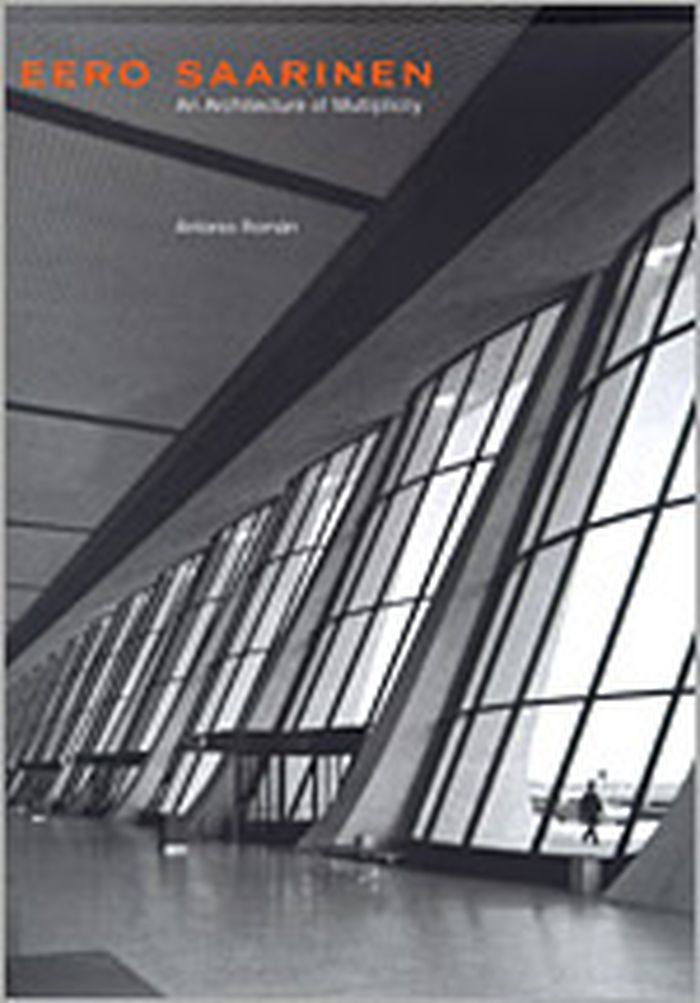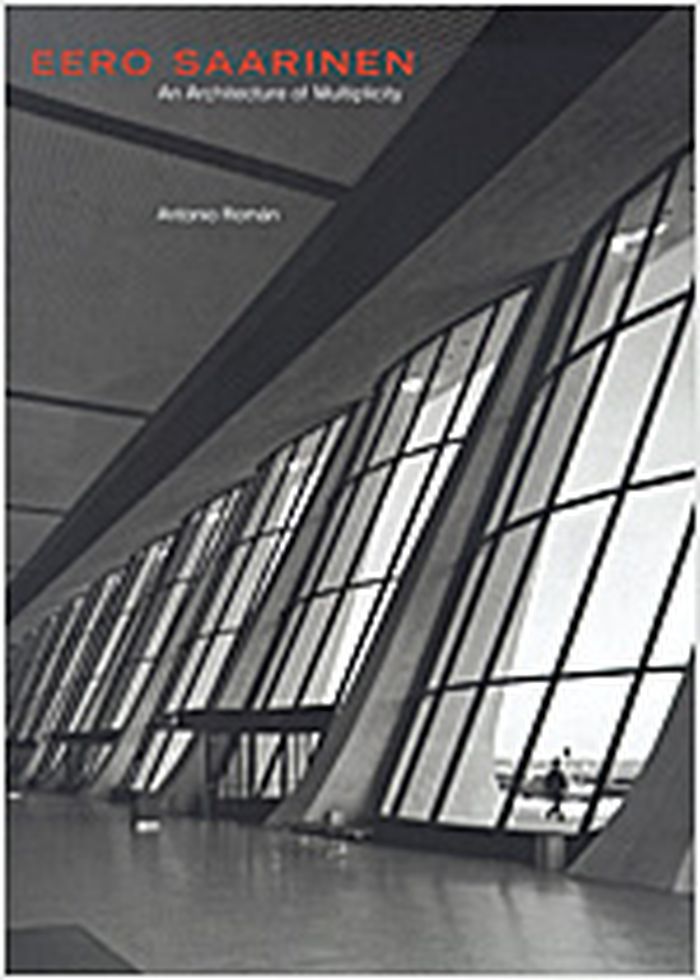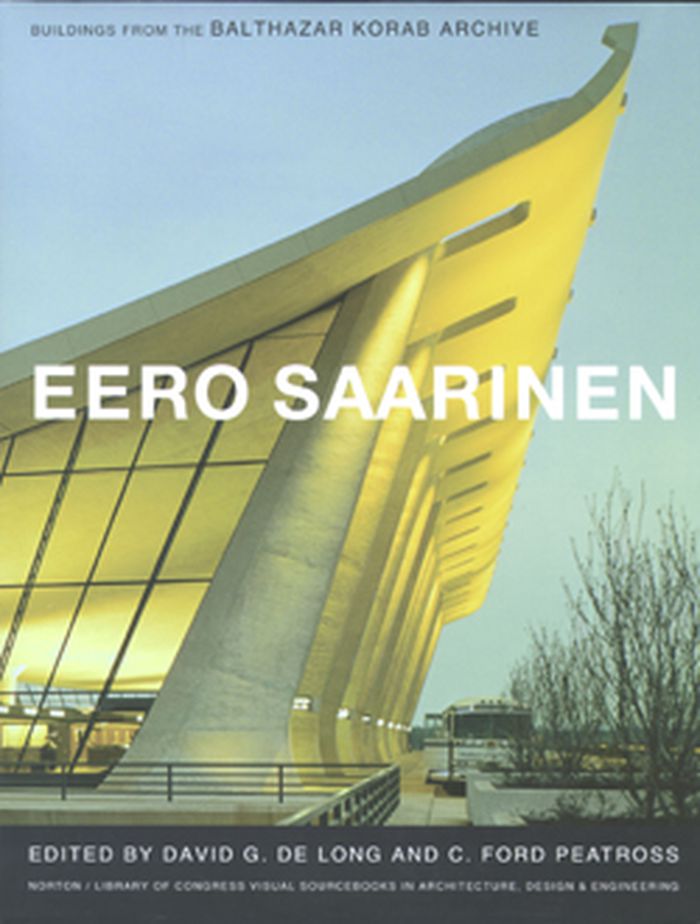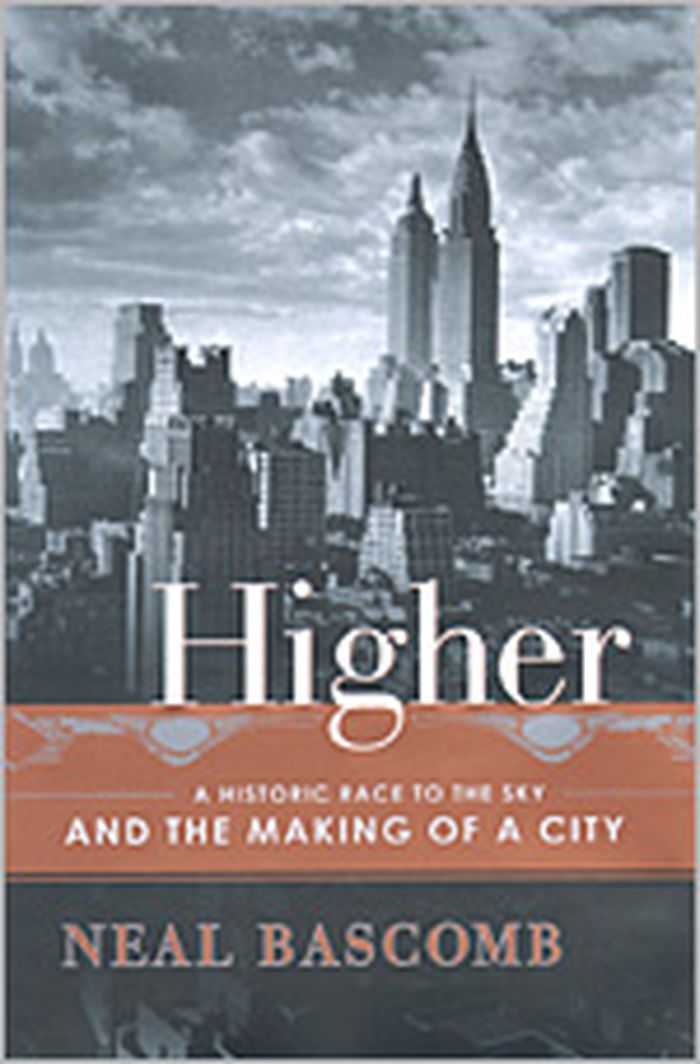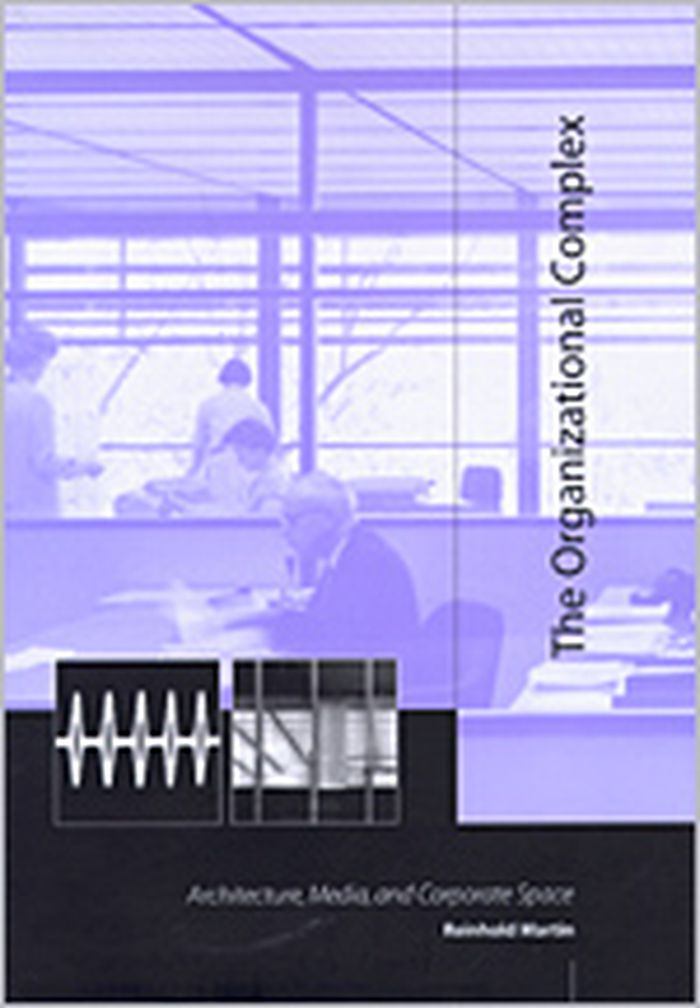$84.00
(disponible sur commande)
Résumé:
Saarinen's buildings are famous worldwide: the Gateway Arch in St. Louis, the TWA terminal in JFK Airport, Dulles Airport, outside Washington D.C., the CBS Building in New York, the General Motors Technical Center in Michigan, the US Embassy in London, and many other landmarks. Equally celebrated are his furniture designs, including the Tulip Table and Womb Chair. While(...)
Eero Saarinen : an architecture of multiplicity
Actions:
Prix:
$84.00
(disponible sur commande)
Résumé:
Saarinen's buildings are famous worldwide: the Gateway Arch in St. Louis, the TWA terminal in JFK Airport, Dulles Airport, outside Washington D.C., the CBS Building in New York, the General Motors Technical Center in Michigan, the US Embassy in London, and many other landmarks. Equally celebrated are his furniture designs, including the Tulip Table and Womb Chair. While Saarinen's exuberant, even expressionistic, forms were lightning rods for many critics, his unique personal style is now much admired, making him a key figure for many designers practicing today. Saarinen's was a career of innovation. His airport terminals combined the poetry of sculpture with daring structural feats and raganizational genius; his pioneering industrial complexes for GM, IBM, and Bell Labs brought rational modernism to corporate America; and his furniture and residential buildings conveyed an optimistic, humane vision for the future. This illustrated monograph spans Saarinen's entire career, including his drawings, models, most important built works, and furniture.
Architecture, monographies
$45.50
(disponible sur commande)
Résumé:
Saarinen's buildings are famous worldwide: the Gateway Arch in St. Louis, the TWA terminal in JFK Airport, Dulles Airport, outside Washington D.C., the CBS Building in New York, the General Motors Technical Center in Michigan, the US Embassy in London, and many other landmarks. Equally celebrated are his furniture designs, including the Tulip Table and Womb Chair. While(...)
Eero Saarinen : an architecture of multiplicity
Actions:
Prix:
$45.50
(disponible sur commande)
Résumé:
Saarinen's buildings are famous worldwide: the Gateway Arch in St. Louis, the TWA terminal in JFK Airport, Dulles Airport, outside Washington D.C., the CBS Building in New York, the General Motors Technical Center in Michigan, the US Embassy in London, and many other landmarks. Equally celebrated are his furniture designs, including the Tulip Table and Womb Chair. While Saarinen's exuberant, even expressionistic, forms were lightning rods for many critics, his unique personal style is now much admired, making him a key figure for many designers practicing today. Saarinen's was a career of innovation. His airport terminals combined the poetry of sculpture with daring structural feats and raganizational genius; his pioneering industrial complexes for GM, IBM, and Bell Labs brought rational modernism to corporate America; and his furniture and residential buildings conveyed an optimistic, humane vision for the future. This illustrated monograph spans Saarinen's entire career, including his drawings, models, most important built works, and furniture.
Architecture, monographies
Eero Saarinen
$110.00
(disponible sur commande)
Résumé:
This book is a timely portrait of the work of an architect who expanded the vocabulary of modern architecture. Eero Saarinen and Balthazar Korab constitute a unique team in the history of architecture: Saarinen, the mid-twentieth-century architect who challenged the architectural conventions of his time, and Korab, an architect in Saarinen's office whose perceptive(...)
Architecture, monographies
novembre 2007, New York, London
Eero Saarinen
Actions:
Prix:
$110.00
(disponible sur commande)
Résumé:
This book is a timely portrait of the work of an architect who expanded the vocabulary of modern architecture. Eero Saarinen and Balthazar Korab constitute a unique team in the history of architecture: Saarinen, the mid-twentieth-century architect who challenged the architectural conventions of his time, and Korab, an architect in Saarinen's office whose perceptive photographs reveal the brilliance of Saarinen's work. This visual sourcebook illustrates nineteen Saarinen commissions in photographs drawn from Korab's archive, providing multiple views of the buildings themselves as well as views of their construction and of architectural models that were critical to their design. Images of Saarinen's office and home provide personal ambience, and an introductory essay positions Saarinen's work within the broader context of his time. Seen in detail, such earlier work as the General Motors Technical Center (1948-56) or the Miller house (1953-57) show departures from orthodox modernism. Saarinen's assured handling of new materials and new building functions impart lasting value to his work, as exemplified by the iconic Trans World Airlines Terminal (1956-62) and Dulles International Airport (1958-63).
Architecture, monographies
$38.00
(disponible sur commande)
Résumé:
In 1924 two architects, William Van Alen and Craig Severance (former friends and successful partners, but now bitter adversaries), set out to imprint their individual marks on the rapidly evolving skyline of New York City. Each man desired to build the city’s tallest building, or ‘skyscraper.’ Van Alen was a creative genius who envisioned a bold, contemporary building(...)
Higher : a historic race to the sky and the making of a city
Actions:
Prix:
$38.00
(disponible sur commande)
Résumé:
In 1924 two architects, William Van Alen and Craig Severance (former friends and successful partners, but now bitter adversaries), set out to imprint their individual marks on the rapidly evolving skyline of New York City. Each man desired to build the city’s tallest building, or ‘skyscraper.’ Van Alen was a creative genius who envisioned a bold, contemporary building that would move beyond the tired architecture of the previous century. By a stroke of good fortune he found a larger-than-life patron in automobile magnate Walter Chrysler, and they set out to build the legendary Chrysler building. Severance, by comparison, was a brilliant businessman, and he tapped his circle of downtown, old-money investors to begin construction on the Manhattan Company Building at 40 Wall Street. From ground-breaking to bricklaying, Van Alen and Severance fought a duel of wills. Each man was forced to revamp his architectural design in an attempt to push higher, to overcome his rival in mid-construction, as the structures rose, floor by floor, in record time. Yet just as the battle was underway, a third party entered the arena and announced plans to build an even larger building. This project would be overseen by one of Chrysler’s principal rivals--a representative of the General Motors group--and the building ultimately became known as The Empire State Building.
Gratte-ciels
$51.95
(disponible sur commande)
Résumé:
"The Organizational Complex" is a historical and theoretical analysis of corporate architecture in the United States after the Second World War. Its title refers to the aesthetic and technological extension of the military-industrial complex, in which architecture, computers, and corporations formed a network of objects, images, and discourses that realigned social(...)
Théorie de l’architecture
juillet 2003, Cambridge, Massachusetts
The organizational complex : architecture, media, and corporate space
Actions:
Prix:
$51.95
(disponible sur commande)
Résumé:
"The Organizational Complex" is a historical and theoretical analysis of corporate architecture in the United States after the Second World War. Its title refers to the aesthetic and technological extension of the military-industrial complex, in which architecture, computers, and corporations formed a network of objects, images, and discourses that realigned social relations and transformed the postwar landscape. In-depth case studies of architect Eero Saarinen's work for General Motors, IBM, and Bell Laboratories and analyses of office buildings designed by Skidmore, Owings & Merrill trace the emergence of a systems-based model of organization in architecture, in which the modular curtain wall acts as both an organizational device and a carrier of the corporate image. Such an image--of the corporation as a flexible, integrated system--is seen to correspond with a "humanization" of corporate life, as corporations decentralize both spatially and administratively. Parallel analyses follow the assimilation of cybernetics into aesthetics in the writings of artist and visual theorist Gyorgy Kepes, as art merges with techno-science in the service of a dynamic new "pattern-seeing." Image and system thus converge in the organizational complex, while top-down power dissolves into networked, pattern-based control. Architecture, as one among many media technologies, supplies the patterns--images of organic integration designed to regulate new and unstable human-machine assemblages.
Théorie de l’architecture
